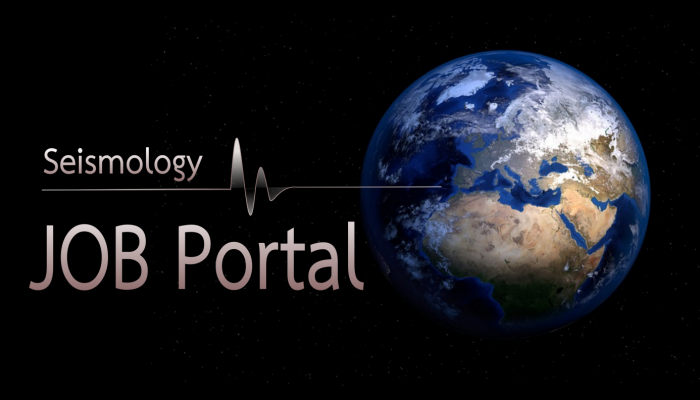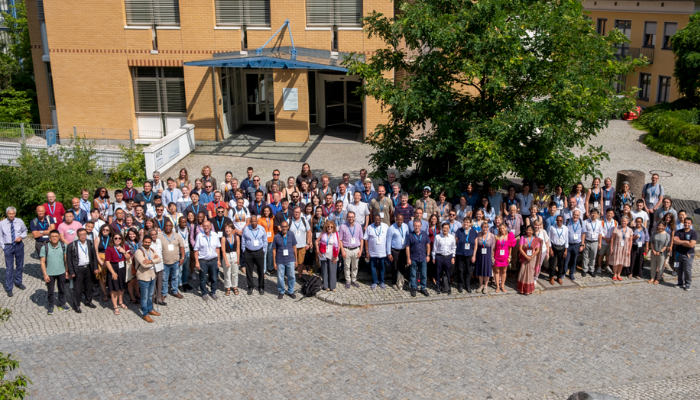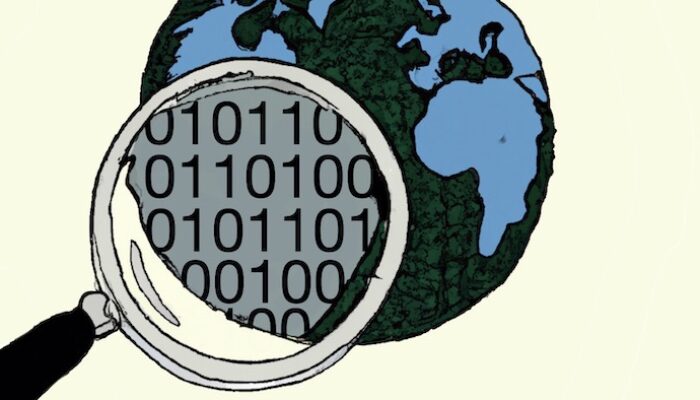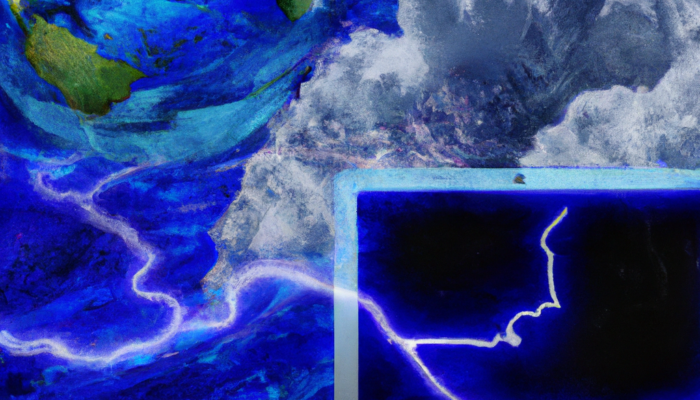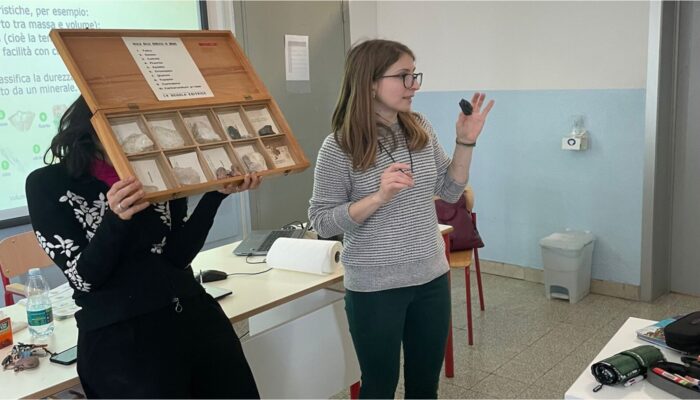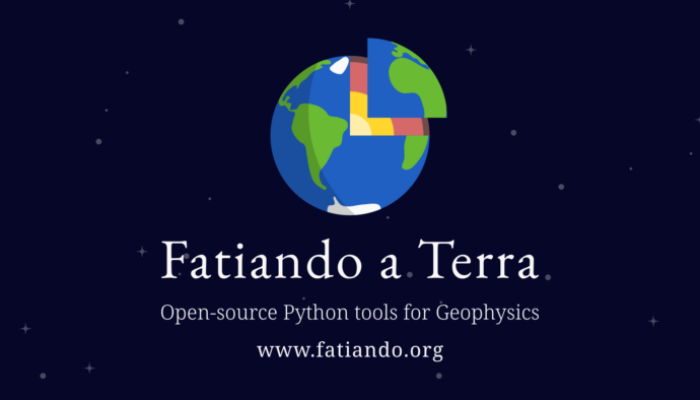Hi everyone! We are now well into the summer, and I can look back at a year of being an ECS Seismology representative, and at the incredible EGU GA this year. It was great to have the posters back this year: I had a poster and no amount of water could have saved me from talking that much. It was such an interesting experience, and I got to talk to a great amount of people. Also the social events w ...[Read More]
Seismology
Seismology Job Portal
On this page, we regularly update open positions in Seismology for early career scientists. Do you have a job on offer? Contact us at ecs-sm@egu.eu Please, note that other available research positions are displayed on the EGU Jobs Portal. Latest open positions: PhD Scholarship in Numerical Modelling of Earthquake and Tsunami Source Institute: University Federico II, Napoli, Italy (funded by ...[Read More]
Hydrological Sciences
Ending a Decade of Hydrological Research – The IAHS’ Final Panta Rhei Symposium
On the 10th and 11th of July 2023, the final symposium for the scientific decade “Panta Rhei – Everything Flows: Change in Hydrology and Society” of the International Association of Hydrological Sciences (IAHS) took place at the German Research Centre for Geosciences (GFZ) in Potsdam. During these two days, 150 hydrologists, engineers, social scientists and practitioners from 32 countries gathere ...[Read More]
Geodynamics
On the usefulness of geodynamic numerical models
Within the vast realm of geoscience, the intricate mechanisms governing Earth’s internal processes continually pose challenges for researchers attempting to unveil its mysteries. This blog post acknowledges the inherent limitations of geological and geophysical data while highlighting the important role that geodynamic modeling plays in bridging these datasets. The motivations for this discu ...[Read More]
Tectonics and Structural Geology
Exploring Submap: Subduction Zones Data Mapping and Analysis in just a few clicks
Subduction zones are areas where one tectonic plate dives beneath another one and sinks into the Earth’s mantle, creating powerful earthquakes and volcanic eruptions. Understanding the intricate details of subduction zones can be a daunting task, and retrieving the necessary data often feels like an uphill battle. But fear not! The Geosciences Montpellier Laboratory in France has come to the rescu ...[Read More]
Nonlinear Processes in Geosciences
How Climate Change fuels intense Thunderstorms in Italy
In the blistering heat of July 2023, a series of violent thunderstorms struck the serene landscapes of northern Italy, leaving behind a trail of devastation, despair, and grief. Unleashing their fury upon the unsuspecting region, these tempestuous storms unleashed torrential rains, hailstones the size of tennis balls, and ferocious winds exceeding 150 km/h. Amidst the chaos and destruction, homes ...[Read More]
Natural Hazards
“My teacher is a volcanologist”- Valeria Cigala tells us about her journey from academia to middle school teaching
Valeria Cigala (Ph.D.) is a geoscientist by education and an expert in explosive volcanism and related hazards. She has been the Early Career Scientists Representative for the Natural Hazards Division of EGU from 2019 to 2022 and Editor-in-chief of our blog. Valeria is currently employed as a maths and science teacher at the middle school level in Italy. In this inspiring interview, she is sharing ...[Read More]
Stratigraphy, Sedimentology and Palaeontology
Fiascos in the Field
Introduction There are always new things to learn about geology. Only today I discovered a stromatolite bed in a completely terrestrial setting. But behind any new discovery lies the logistic challenge in getting out into the field and, most importantly, staying safe. Over the years I have led many field trips and spent months in the field, mostly successful but with numerous hiccups along the way ...[Read More]
Geodynamics
Fatiando a Terra: a journey into open-source software for Geophysics
Geomorphology
A Day in the Life – John Hillier
This blog post is part of our series: “A day in the life of a geomorphologist” for which we’re accepting contributions! Please contact one of the GM blog editors, Emily or Emma, if you’d like to contribute on this topic, or others. post by John Hillier, Reader in Natural Hazard Risks, Loughborough University (UK) j.hillier@lboro.ac.uk I am sitting at my kitchen table, at home. Children’s pictures ...[Read More]


